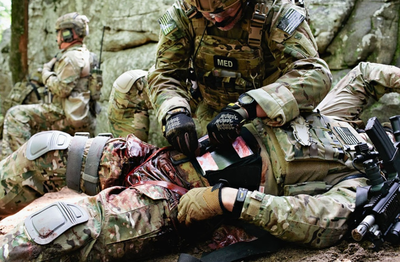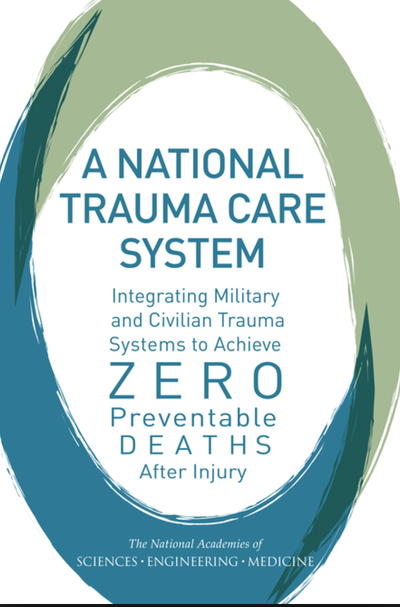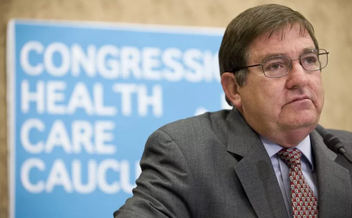|
by Navya Baranwal '20
Access to trauma centers varies widely depending on location. A study conducted in 2005 showed that the 46.7 million Americans who had no access to a trauma center within a one hour drive mostly lived in rural areas [2]. The quality of care and medical outcomes vary deeply around the country, and where you get injured can often determine whether you live or not According to the National Academies of Sciences, Engineering, and Medicine, if more timely and appropriate medical care is provided after each traumatic injury, around 1 in 5 deaths per trauma or 30,000 deaths in the USA per year can be prevented. With location and personnel access issues, civilian trauma centers suffer from systematic and technological flaws that prevent all people from having an equal chance of being saved. On the other hand, the military trauma system has never been better. Military members get instant care when they are wounded or injured in the battlefield. Advanced technology, such as the instant use of tourniquets at the moment of injury, has allowed for the number of military deaths due to injury to decline sharply over the past few years. Notably, the number of deaths attributed to battlefield wounds decreased by 50% between 2005 and 2013 in Afghanistan. Of course, there is still room for improvement in the military trauma sector, evidenced by the statistic that an estimate of 1,000 service members who passed away between 2001 and 2011 could have been saved with better injury care [1]. An integration of military and civilian trauma sectors would benefit both sides. For the military realm, military doctors will be able to practice care continuously while in the USA, so when they are called for duty, they will be at their sharpest. As combat is now decreasing, military doctors still need to maintain their medical skills between wars. The civilian sector will reap many benefits as well if it is exposed to military-style technology and leadership. By building more trauma centers and creating a synergistic and efficient system, access for patients would be able to increase, allowing people to get instant care no matter where or when they get injured. This joint effort between civilian and military trauma doctors could help build stronger prehospital care, hospitalization, rehab, and more.
Whether it’s assisting the Chicago area trauma centers during high crime peaks, or in rural areas where access to trauma response is severely limited, a partnership between the military and civilian trauma systems will benefit all Americans. Please reach out to your elected officials, and encourage them to support the MISSION Act! Sources:
[1] http://www8.nationalacademies.org/onpinews/newsitem.aspx?RecordID=23511 [2] https://www.facs.org/search/trauma-centers?country=United%20States [3] https://pdfs.semanticscholar.org/301c/3d5950f3106741736337996cc8482052bbe4.pdf [4] http://burgess.house.gov/news/documentsingle.aspx?DocumentID=398261
0 Comments
Leave a Reply. |





